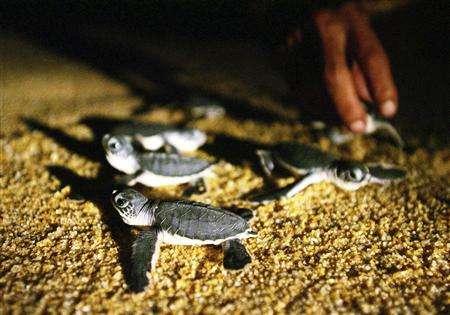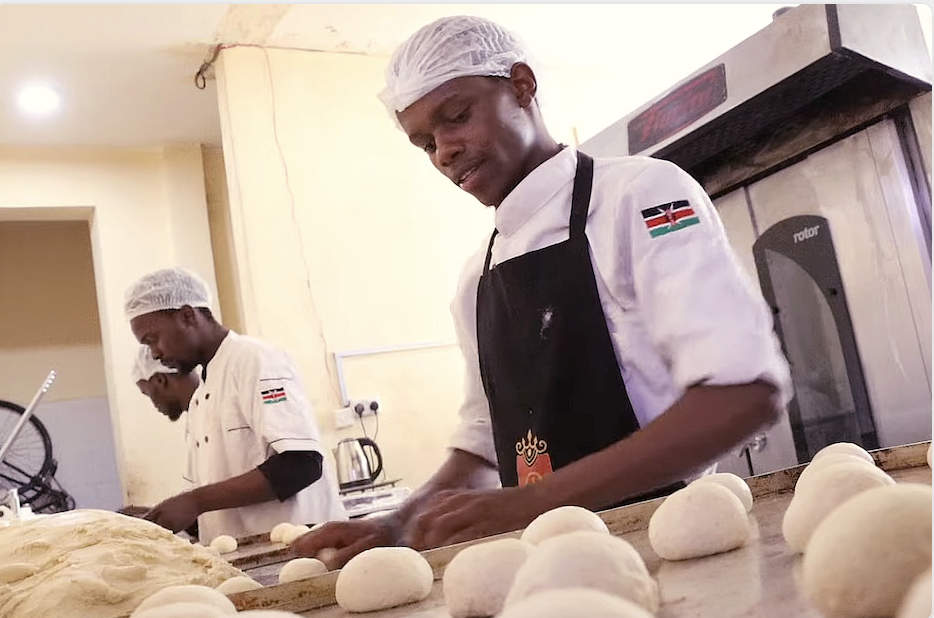
Turtle Conservation: The tiny black heroes of Mkokoni
 After a bumpy two-hour boat ride from Lamu Airport off the Kenyan coast, we arrive at a remote island. Mkokoni, it is called.
After a bumpy two-hour boat ride from Lamu Airport off the Kenyan coast, we arrive at a remote island. Mkokoni, it is called.
There are islanders sitting in the shade in almost a perfect line some meters from the shore. They look at our boat as it approaches curious to see who is coming to town and what their business is.
A man comes out to meet us and helps hold the boat still as we step out. He is waiting for us. Everyone knows Hassan, the guy we’ve come to meet.
A man in cargo pants hauls our bags to the camp on a boda boda as a courtesy, and we follow on foot.
It’s a 15-minute walk to the Kenya Wildlife Service camp where the World Wide Fund for Nature’s (WWF) Turtle Conservation Project is hosted.
As we go further inside from the beach, there are fewer houses, a well-built school stands closed for the holidays and there are lots of bushes as we walk up the sandy road whose end winds out of sight.
 Our host orders some fresh watermelon for us by calling out to a man walking through a farm.
Our host orders some fresh watermelon for us by calling out to a man walking through a farm.
He organizes lunch, lightly flavored rice and beans and very tasty. As we eat, I notice that even the cats are thin here and I determine it’s not a place to visit; you either live here or have come to do something specific.
When the tide starts going out we begin our trek. We wade through the sand for almost 2.5 kilometers, jumping over plastic debris washed in by the ocean, and there set sights on one of the most magnificent natural occurrences.
We are directed to a mound of sand, and as we watch, the surface of the sand begins to cave in. One by one tiny, black, palm-sized turtles start to emerge. They hold their heads up as if trying to get a bearing, no doubt searching out the smell of the sea and make their way.
 It quickly turns into a race. They scurry towards the ocean toppling over plants, sand dunes and plastic as if thirsty and we soon realize it’s not for nothing.
It quickly turns into a race. They scurry towards the ocean toppling over plants, sand dunes and plastic as if thirsty and we soon realize it’s not for nothing.
Ghost crabs are lying in wait to have the baby turtles for dinner and birds are also circling the shore eyeing for a feast. So these newly hatched creatures have to be fast. Getting to the ocean is only their first challenge in staying alive.
What we witnessed is special because these nests are protected. Turtles in East Africa are protected. There are just not enough in the world and conservationists will go to great lengths to keep them safe.
When turtles turn 35 years old, they start mating. A female turtle then looks for a secluded area on the shore where she will dig up a hole and lay nearly 200 eggs at a time. After the process that takes up to one hour, she returns to the sea. She will be back once or twice to the same spot over a fortnight, to lay more clutches of eggs, before she leaves again – having done her part in this circle of life.
Between April and August 2018, WWF Kenya has counted about 300 turtles coming ashore to lay their eggs.
As far as statistics go, of the 1000 hatched eggs, only one turtle will survive to adulthood.
Check out the video for the complete story.






